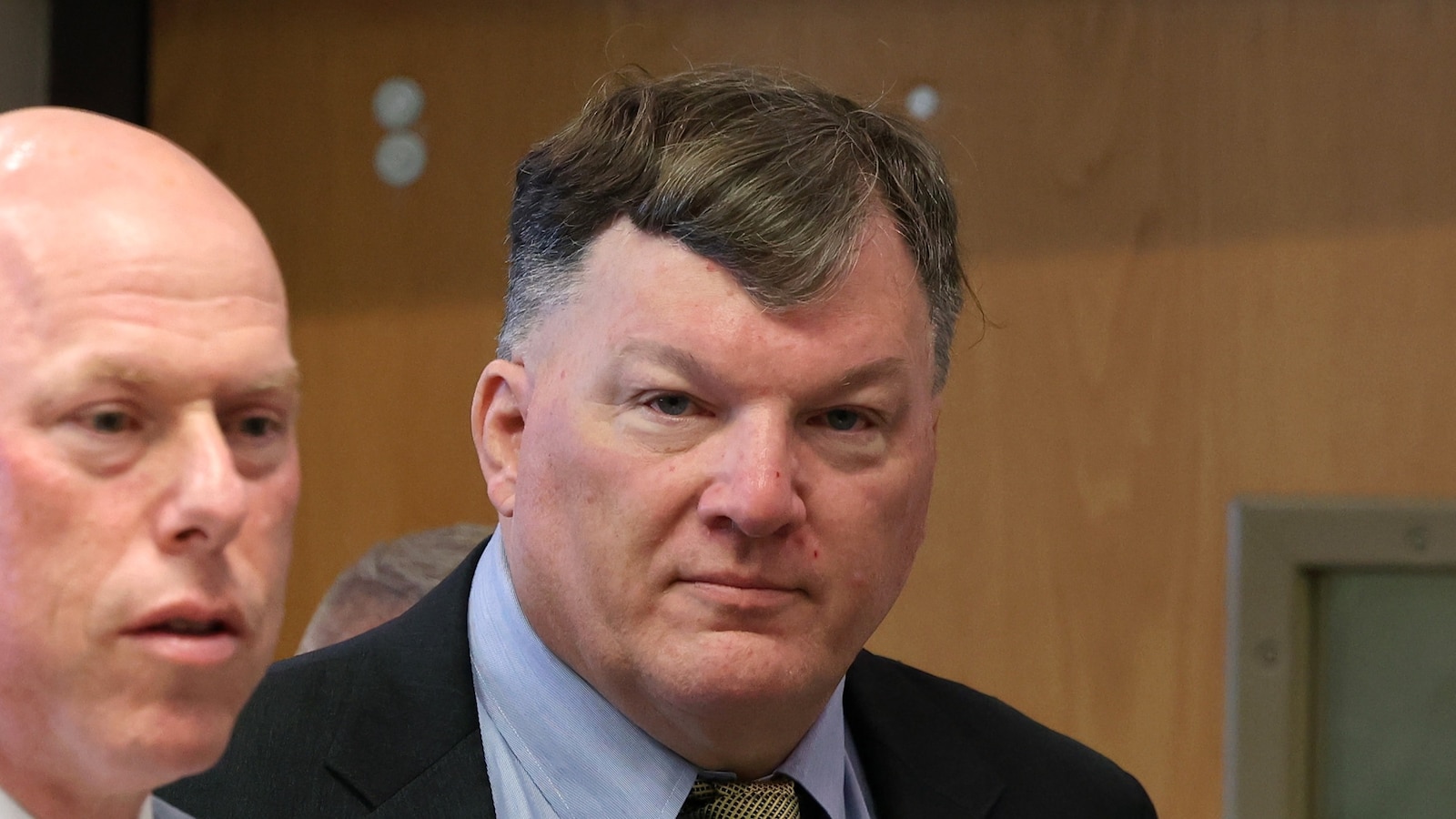Advanced DNA Evidence Admitted in Gilgo Beach Serial Killing Trial Against Rex Heuermann
A New York judge admitted advanced DNA evidence, including whole genome sequencing, in the Gilgo Beach serial killing trial, linking Rex Heuermann to seven women's murders.
Subscribe to unlock this story
We really don't like cutting you off, but you've reached your monthly limit. At just $5/month, subscriptions are how we keep this project going. Start your free 7-day trial today!
Get StartedHave an account? Sign in
Overview
- Rex Heuermann faces murder charges in the Gilgo Beach serial killing case, accused in the deaths of seven women, many of whom were sex workers.
- A New York judge, Justice Timothy Mazzei, has allowed advanced DNA evidence, specifically whole genome sequencing, to be used in the upcoming trial.
- This groundbreaking DNA evidence, originating from Astrea Forensics in California, overwhelmingly implicates Heuermann as the killer, linking him to remains found near Gilgo Beach.
- Heuermann's defense team challenged the new DNA technology's validity, arguing the lab's calculations might exaggerate the likelihood of a match to their client.
- Prosecutors rejected the defense's criticisms as misguided, with Suffolk County District Attorney Ray Tierney declaring victory as the court scheduled another hearing for September 23.
Report issue

Read both sides in 5 minutes each day
Analysis
Center-leaning sources cover the story neutrally, focusing on the factual details of the judge's decision to allow advanced DNA evidence in the Gilgo Beach serial killing trial. They present both prosecution and defense arguments regarding the DNA's validity, explaining the technical aspects without editorial bias or loaded language, ensuring a balanced report.
Articles (5)
Center (2)
FAQ
The advanced DNA evidence, including whole genome sequencing from Astrea Forensics, links Rex Heuermann to the remains of seven women found near Gilgo Beach, overwhelmingly implicating him as the killer. This evidence is groundbreaking in the case and was admitted by Judge Timothy Mazzei for use in the trial.
Investigators obtained Heuermann's DNA from a crust of pizza he discarded in a Manhattan garbage can and from cheek swabs. These samples were used to match DNA found on the victims and related evidence, such as hair recovered from the crime scenes.
Heuermann's defense team challenged the validity of the advanced DNA technology, arguing that the lab's calculations might exaggerate the likelihood of a match to Heuermann, questioning the reliability of whole genome sequencing evidence.
The timeline includes: the discovery of remains beginning in 2010; Heuermann becoming a suspect in March 2022; surveillance and DNA collection efforts including pizza crust DNA in early 2023; and his arrest on July 13, 2023, in Manhattan. Subsequent hearings have involved DNA evidence challenges.
No, Rex Heuermann is charged with seven murders including the 'Gilgo Four,' but several other bodies found at Gilgo Beach have not been linked to him and remain unconnected to the current case.
History
- This story does not have any previous versions.


